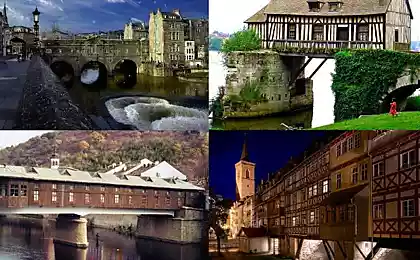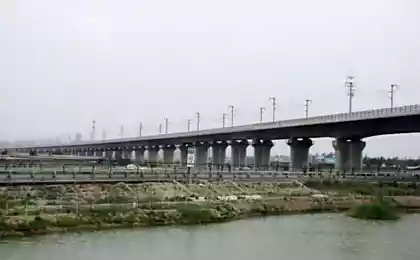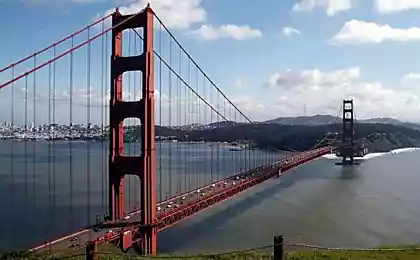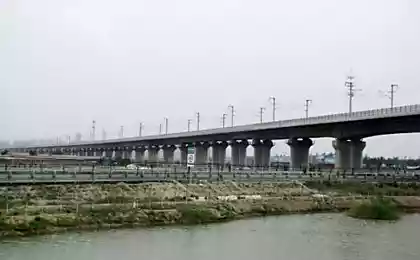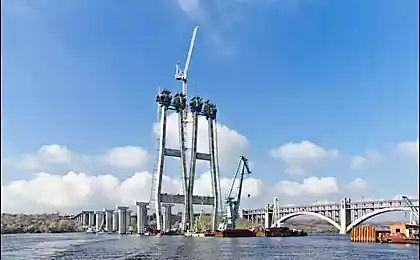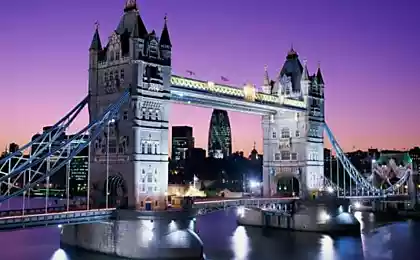1267
Living Bridges
Ponte Vecchio, Italy
The most famous bridge in Florence, as well as the oldest of the bridges of the city. Ponte Vecchio - a structure with three stone arches, built to replace the old wooden bridge that crosses the river Arno in this place since Roman times.
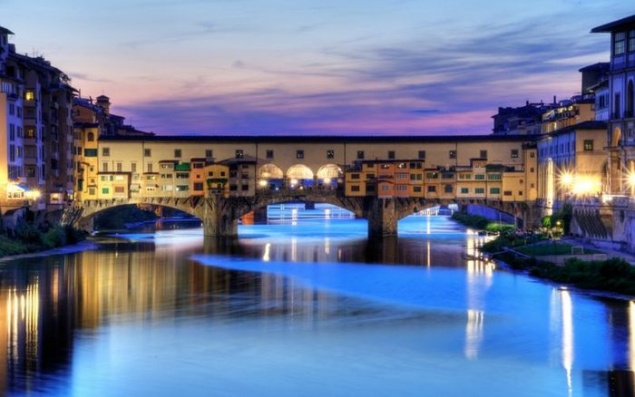
The top side of the bridge, known as the corridor Vasariano, was designed by the architect Vasari to link Palazzo Vecchio and the Uffizi Gallery to the Pitti Palace. Today it is a famous art gallery.
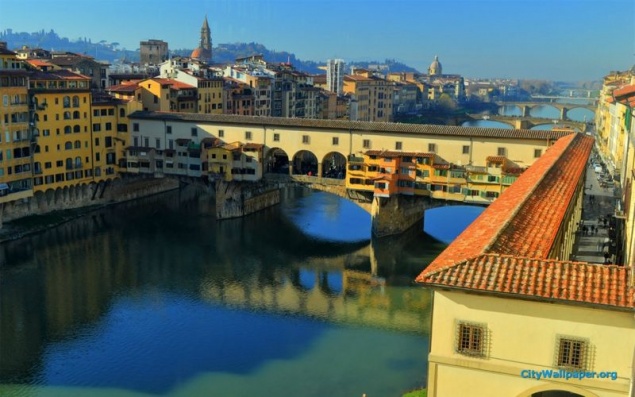
This bridge is built and inhabited by people. Initially, there were grocery stores, but by the end of the 15th century, the Ponte Vecchio was chosen by goldsmiths and silversmiths.

Most Kremerbryuke, Germany
Kremerbryuke Bridge is located east of the Cathedral Square in the vicinity of the square Fischmarkt. This pedestrian bridge spans the Braytshtrom, one of the branches of the river Gera, and connects Benediktplats (Benedict Square) in the center of the Old Town area with Venigermarkt.
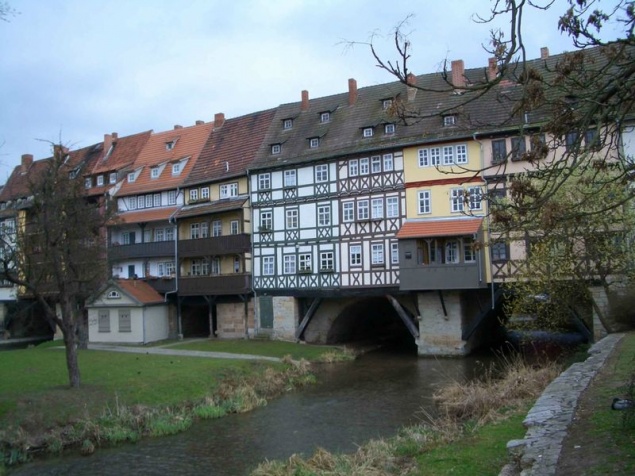
The bridge was built at the ford across the river Gera and became part of the east-west trade route Via Regia («Royal Road"). Originally it was a wooden bridge over the Hera. After numerous fires in 1117, the bridge was extended and also threw in one of the branches of Hera. Already at that time, traders began to open the first shop on the bridge.
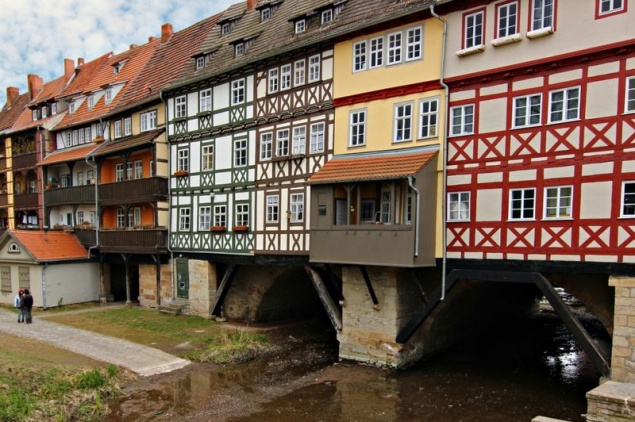
Today, the houses on the bridge Kremerbryuke mainly located shops with goods of folk crafts and antique shops.
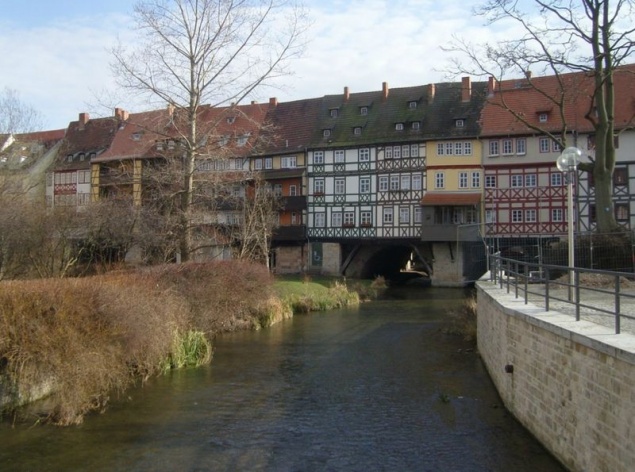
The Old Mill, France
The Old Mill was part of the old bridge over the River Seine.

It was built in the 16th century
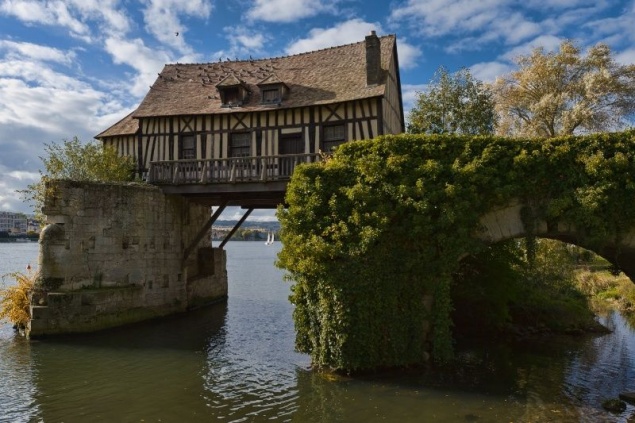
After the collapse of the bridge it was decided not to rebuild, and the mill itself was the favorite subject of paintings by local artists.

Bridge House, England
Summer House was built over 300 years ago.

currently lives in the house one person it is his guardian and caretaker.
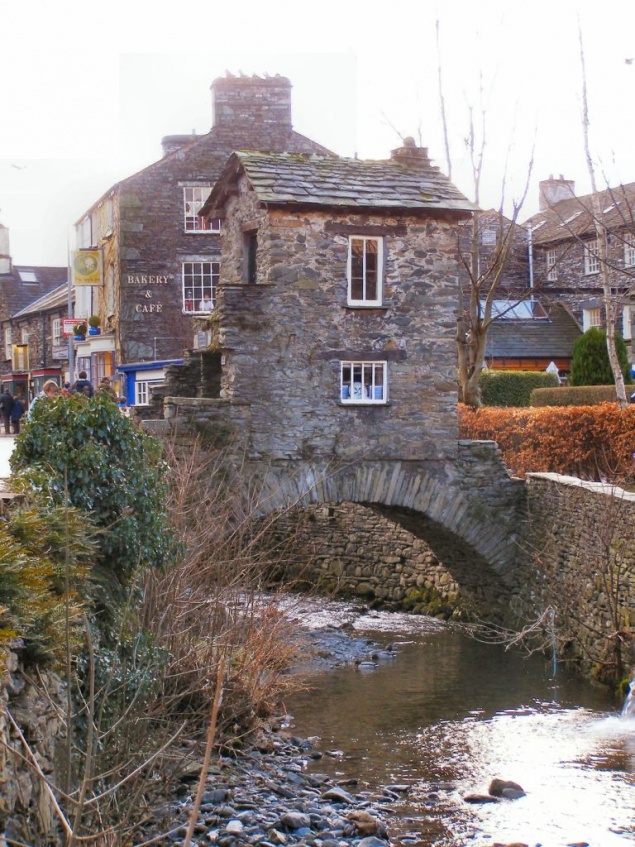
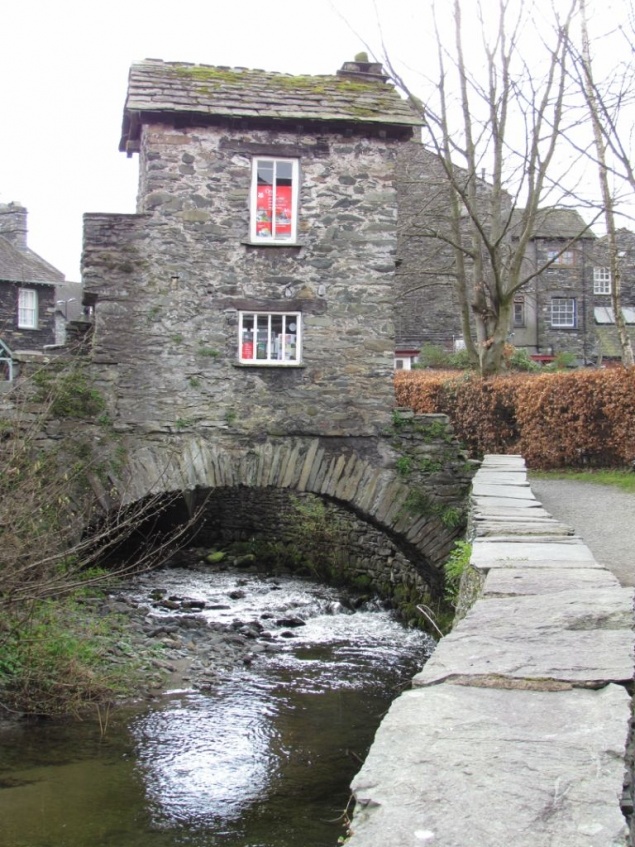
Most traders located 150 meters south of the Cathedral. Paul Carbonell in his work on the history of Narbonne proposed next version of the appearance of the Bridge of traders: it was built in the 2nd century by order of the Roman proconsul Adrian, who was going to settle in the city, hence to control the province. Then he was called Vétus bridge was the only way to the Pyrenees.
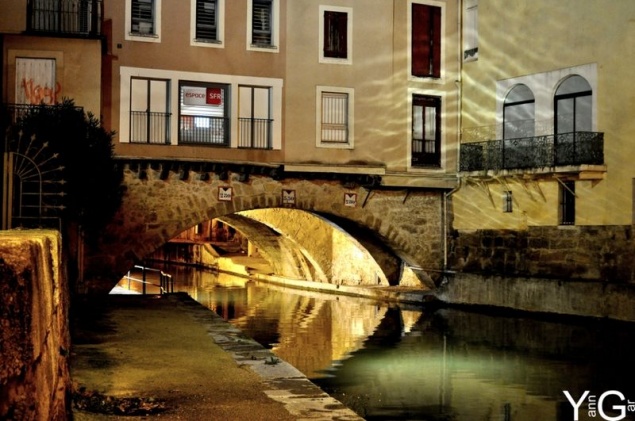
By the end of the 12th century it was the only bridge across the River Oda, connects the two banks, on which the city spread. On the right bank was the Cite, on the left - Burg. As the only surviving of the immutability of the then arch researchers define the width of the river Oda. Under the bridge were ships Driven goods from the Mediterranean Sea. Today, the bridge has become a shopping street, on both sides of which are shops and accommodations

Source: trasyy.livejournal.com
The most famous bridge in Florence, as well as the oldest of the bridges of the city. Ponte Vecchio - a structure with three stone arches, built to replace the old wooden bridge that crosses the river Arno in this place since Roman times.

The top side of the bridge, known as the corridor Vasariano, was designed by the architect Vasari to link Palazzo Vecchio and the Uffizi Gallery to the Pitti Palace. Today it is a famous art gallery.

This bridge is built and inhabited by people. Initially, there were grocery stores, but by the end of the 15th century, the Ponte Vecchio was chosen by goldsmiths and silversmiths.

Most Kremerbryuke, Germany
Kremerbryuke Bridge is located east of the Cathedral Square in the vicinity of the square Fischmarkt. This pedestrian bridge spans the Braytshtrom, one of the branches of the river Gera, and connects Benediktplats (Benedict Square) in the center of the Old Town area with Venigermarkt.

The bridge was built at the ford across the river Gera and became part of the east-west trade route Via Regia («Royal Road"). Originally it was a wooden bridge over the Hera. After numerous fires in 1117, the bridge was extended and also threw in one of the branches of Hera. Already at that time, traders began to open the first shop on the bridge.

Today, the houses on the bridge Kremerbryuke mainly located shops with goods of folk crafts and antique shops.

The Old Mill, France
The Old Mill was part of the old bridge over the River Seine.

It was built in the 16th century

After the collapse of the bridge it was decided not to rebuild, and the mill itself was the favorite subject of paintings by local artists.

Bridge House, England
Summer House was built over 300 years ago.

currently lives in the house one person it is his guardian and caretaker.


Most traders located 150 meters south of the Cathedral. Paul Carbonell in his work on the history of Narbonne proposed next version of the appearance of the Bridge of traders: it was built in the 2nd century by order of the Roman proconsul Adrian, who was going to settle in the city, hence to control the province. Then he was called Vétus bridge was the only way to the Pyrenees.

By the end of the 12th century it was the only bridge across the River Oda, connects the two banks, on which the city spread. On the right bank was the Cite, on the left - Burg. As the only surviving of the immutability of the then arch researchers define the width of the river Oda. Under the bridge were ships Driven goods from the Mediterranean Sea. Today, the bridge has become a shopping street, on both sides of which are shops and accommodations

Source: trasyy.livejournal.com



